Introduction
Event planning is no easy feat. It requires precise coordination, effective communication, and a keen ability to visualize spaces before they are brought to life. As technology progresses, the tools available to event planners are becoming more sophisticated, particularly in spatial visualization. One such technological advancement is the use of 3D diagramming. By adopting this tool, planners can create detailed, realistic representations of event spaces long before the doors open. This article explores the myriad benefits of 3D diagramming to visualize event layouts, revealing how it transforms abstract concepts into visual plans that align stakeholders, optimize space, and enhance attendee experiences.
The Power of 3D Diagramming in Event Planning
The introduction of event diagram software has revolutionized the way planners visualize event spaces. Traditional 2D layouts often fail to communicate a space’s depth and dynamics, leaving room for misinterpretation and errors. By contrast, 3D diagramming software provides a comprehensive view that captures every nuance of the layout, from spatial relationships to intricate design details.
This software empowers planners to tailor their designs to the event’s specific requirements, ensuring they meet the event’s requirements. With the ability to generate accurate renderings of the event space, planners are equipped to make informed decisions and create environments that align with their clients’ needs. This enhances the planning process and the overall quality and impact of the event experience.
Enhanced Visualization for Better Planning
3D diagramming offers a level of visualization that enhances the planning process in ways previously unattainable with traditional methods. By visualizing the event space in three dimensions, planners gain invaluable insights into how different elements interact. This level of detail aids in evaluating potential design choices and makes it easier to foresee issues before they arise. Planners can experiment with various layouts, seating arrangements, and design elements without the constraints of physical setups, saving time and resources.
The software’s intuitive interface allows planners to make real-time adjustments and see their impact instantly. This dynamic interaction provides a deeper understanding of the event space, ultimately leading to more informed decision-making. By embracing 3D visualization, planners can eliminate assumptions and provide clarity and confidence in their designs. Stakeholders and clients can also benefit from this enhanced visualization, as they can effectively visualize the event’s flow, aiding in feedback and collaboration.
Improved Collaboraevent’sd Communication
Successful event planning hinges on effective collaboration and communication between a diverse array of stakeholders. 3D diagrams are a valuable tool to unite these groups, providing a clear visual representation of the event space that facilitates alignment. Shared digital models foster collaboration by enabling stakeholders to visualize proposed designs and offer input. These models are accessible from various devices, making it easier for team members to stay on the same page regardless of location.
Utilizing 3D models enhances communication efficiency and fluidity, minimizing misunderstandings and reducing the risk of errors that stem from miscommunication. By providing a centralized visual reference, planners can easily present and articulate their design concept to clients, vendors, and other contributors. This unified understanding results in improved teamwork, where all partners work towards a common goal with a shared vision.
Effective Space Optimization
Maximizing the use of available space is a critical aspect of event planning, especially when working with venue limitations. 3D diagramming allows planners to optimize layouts by providing a detailed understanding of spatial dynamics. This capability ensures that every square foot is utilized effectively, accommodating guest comfort, traffic flow, and design coherence.
With the support of 3D visualization, planners can test various configurations to determine which layout best supports the event’s objectives. This proactive approach prevents overcrowding and wasted space, and enhances attendee experience. By optimizing the event space with precision, planners ensure that their events are visually appealing and function seamlessly.
Streamlined Planning Process
3D diagramming software significantly streamlines the planning process, removing much of the guesswork and manual effort that previously hindered planners. The software automates many design creation and modification elements, enabling users to make rapid adjustments to elements and refine layouts without starting from scratch. As a result, planners can operate with greater efficiency and speed, focusing their energy on creative endeavors rather than logistical concerns.
This technology also aids in tracking and managing various planning components by integrating with other software solutions. Such interconnectivity allows planners to monitor timelines, track milestones, and coordinate tasks, leading to a more organized and efficient planning process. 3D diagramming technology empowers planners to execute events that exceed expectations by streamlining the foundational aspects of event planning.
Reducing Risks and Managing Changes
One of the most significant benefits of 3D diagramming is its ability to reduce risks associated with last-minute changes and unforeseen issues. By providing a comprehensive visual representation of the event space, planners can identify potential challenges and address them well, preventing last-minute adjustments and ensuring a more predictable and seamless event execution.
Moreover, should changes be necessary, 3D diagramming software makes it easy to adapt plans. Planners can make quick alterations and instantly understand their implications, minimizing the stress and chaos typically associated with on-the-fly adjustments. This flexibility makes it possible to cater to evolving client needs, gaining a trusted partner status for subsequent events.
Conclusion
In conclusion, 3D diagramming offers many benefits, transforming the event planning industry. By providing enhanced visualization, improving collaboration, enabling space optimization, and streamlining planning processes, this technology empowers planners to create extraordinary events with precision and confidence. As the event industry evolves, adopting advanced tools like 3D diagramming will be crucial for delivering outstanding experiences that captivate and engage. By leveraging these benefits, planners can meet and exceed the expectations of clients and attendees, solidifying their reputation as industry leaders. For additional tools and insights to support modern event planning and visualization, platforms like igramworld offer valuable resources to stay ahead in a competitive industry.






